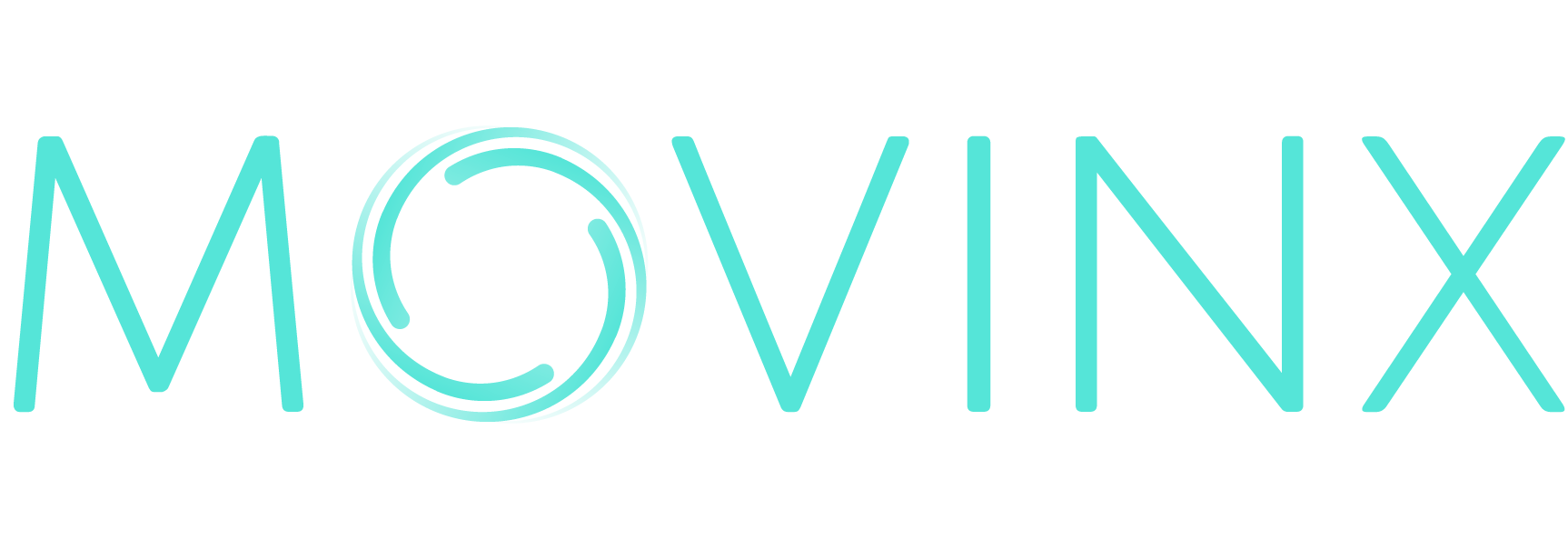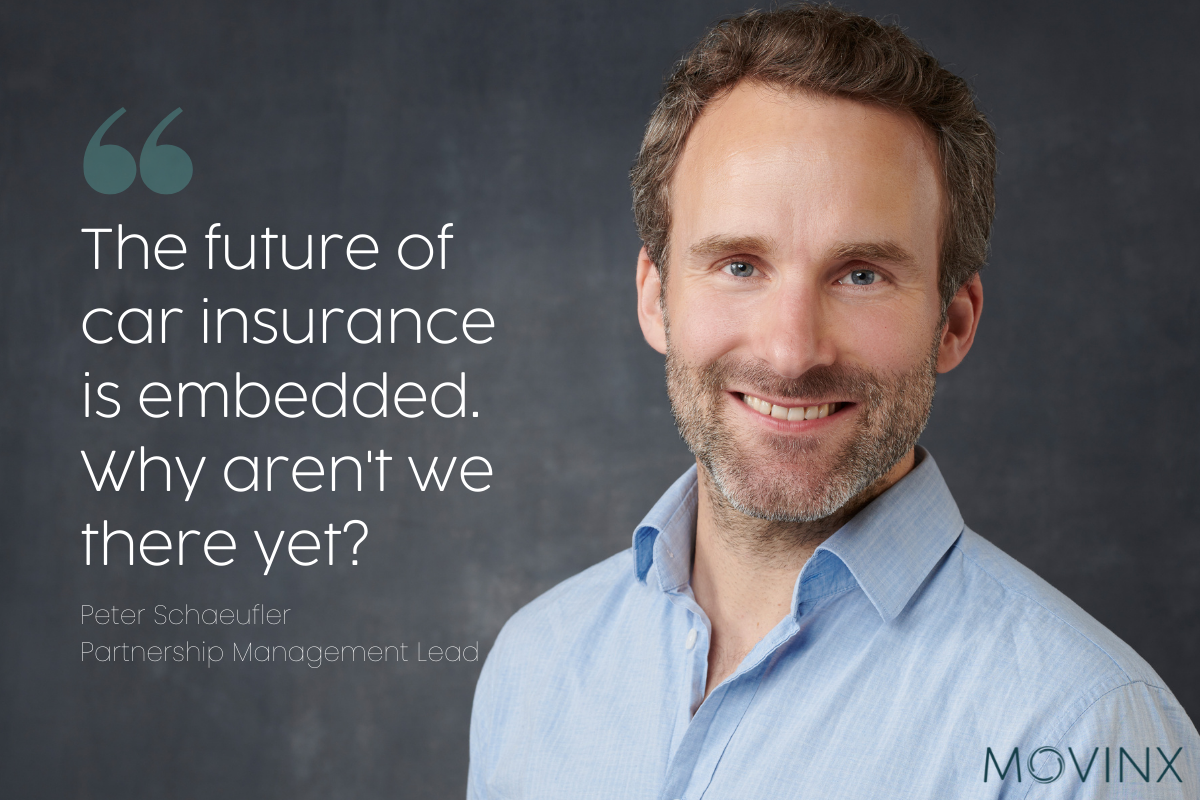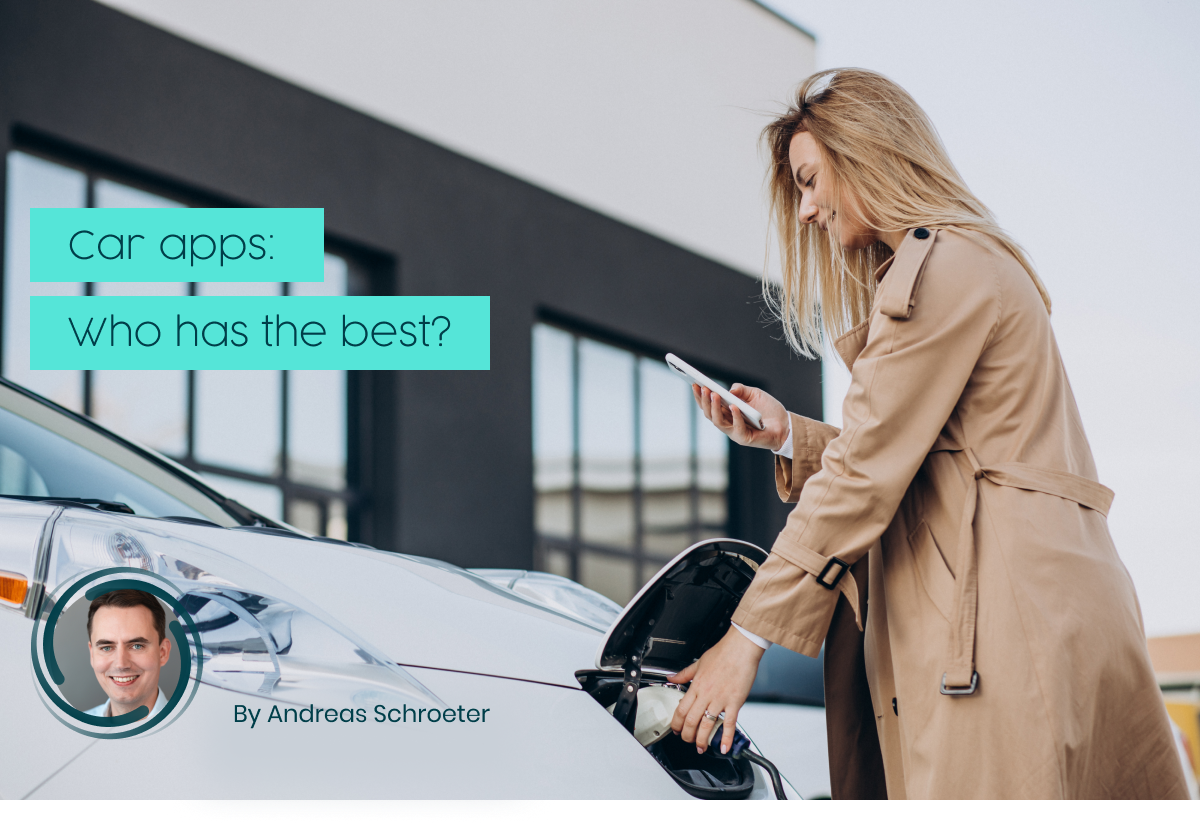The future of car insurance is embedded. Why aren’t we there yet?
by Peter Schaeufler, Movinx Partnership Management Lead
Strong growth opportunities, lower acquisition costs, increased salience for insurance offerings… there are many arguments for modernization.
Embedded insurance is having a moment in the spotlight.
But embedded insurance did not just pop up a few weeks ago. For decades, simple insurance products have been embedded in the customer purchase journey with the sale of a core product. In the beginning on paper (e.g. payment protection insurance included in loan contracts) and more recently within digital processes (e.g. travel insurance in online travel portals), as the sector has started to embrace digital transformation. Still, the industry has been slow to shift.
The global pandemic, rather than crippling the industry, brought increased funding across the sector and increased digitalization. The combination of available funds and increased interest in digital meant that embedded insurance would finally get its moment (like Tesla announcing they’d be insuring all their EVs!). Across all insurance sectors, Simon Torrance estimates the embedded industry has a 3 trillion-dollar global market potential.
Soon, car insurance will be invisible.
Today it may still feel like the beginning of embedded car insurance, but the automotive industry is set to adopt it in the coming decade. By the mid-2030s, embedded insurance will be the norm, accompanying any form of car related mobility and ownership or usage models. The age-old economic “matching markets,” are set to match drivers and insurance companies seamlessly. Here’s how the competition between OEMs to provide a seamless customer experience is driving that change:
Customer experience takes over.
In the automotive sphere, customer experience has long been a selling point. New insurance companies have figured out that it is a selling point in insurance too.
What does the average insurance customer want? To not think about insurance but still be properly covered in the “moment of truth”: an accident. Buyers don’t want friction. By joining forces with OEMs, insurance companies can ride the wave of consumer trust brought by the car manufacturer.
Good customer experience = salience.
This equals more customers for insurance carriers. Salience is how easily a company, in this case, an OEM selling a car, can make an additional sale, in this case, an insurance policy. At the point of sale, salience is at an all-time high. Customers are not only in a ‘buying mood,’ but they are also likely to value protecting their new purchase.
In 2022, are insurance companies lagging on making this future a reality?
If insurance companies shifted to embedded insurance through OEMs, their access to a customer group with great need for insurance is guaranteed. marketing and training costs will vanish, customer acquisition costs will tend to decrease effectively towards zero… So why hasn’t this happened yet?
Mindset.
Insurance companies still struggle to accept a role as supplier for another company’s ecosystem and to put their own brand in the background. They should embrace their role in providing protection for a product the customer is much more in love with than insurance… (shock horror!)
Blind spot.
The insurance industry as it stands today is still focusing on innovating their fiscal bottom line: profits and operating costs. They should be improving customer experience. By resisting change, they compound the problem, because when they do decide to take action, they will be both technologically and strategically behind. A look at the auto insurance landscape shows an innovation block when it comes to adapting and scaling their services re: connected cars. The time for action was yesterday.
Capabilities.
Car insurance products and their risk-based pricing is usually driven by market standards and data points collected directly from the customer. However, in an embedded journey, there is no room for insurance-centered questions. Any questions which distracts the consumer from purchasing or leasing the car will not be accepted by the owner of the customer journey: the OEM. Hence, insurance pricing must be conducted with data available in the car purchasing/leasing journey or by data provided by the customer through telematics during the usage phase. In both approaches, traditional insurance companies have to make a huge leap towards innovative pricing and processing.
Insurance companies should worry that OEMs will get tired of waiting and will bring things in-house. And once they build competences internally, insurers will struggle to gain access to the accruing customer group.
We make care insurance invisible.
At Movinx, we don’t want to get rid of traditional car insurance companies. We know that both OEMs and insurance companies have a lot to gain by working together. We want to facilitate their migration towards selling policies embedded in the OEM car sale. Learn more.
Related Posts
How car apps will transform the auto industry
Car apps will become standard as part of a subscription within the next years (with basic features being free), opening up a whole new era of mobility.
What’s new about ‘embedded insurance’?
How can embedded insurance make a difference? Talk about the need to vertically integrate, maximize value chain and why.
Demystifying acquisition costs in embedded insurance
How have acquisition costs typically worked for insurance providers and how is embedded automotive insurance changing that? Movinx’s Chief Insurance Officer, Clemens Reidel shares all.
Car apps: Who has the best?
In my previous post I predicted that car apps will have a similar impact on the car market as the iPhone did on the mobile phone market. In this post I will deep dive into the car apps as of today.





